

Articles
How To Store Important Documents
Modified: January 20, 2024
Learn how to store important articles and documents securely to ensure their longevity and accessibility. Find expert tips and advice for proper organization and preservation.
(Many of the links in this article redirect to a specific reviewed product. Your purchase of these products through affiliate links helps to generate commission for Storables.com, at no extra cost. Learn more)
Introduction
When it comes to important documents, it’s crucial to have a reliable storage system in place. Whether it’s personal records, financial documents, legal papers, or sentimental items, properly storing these documents ensures their safety and accessibility when needed. In this article, we will explore the importance of storing important documents and provide valuable tips on how to do so effectively.
Life is unpredictable, and unexpected events such as natural disasters, accidents, or even theft can occur at any time. Having a well-organized and secure storage system for your important documents can offer peace of mind and save you from hours of stress and chaos during such situations. Additionally, with the increasing prevalence of digital records, it is crucial to have a strategy for both physical and digital document storage.
Whether you’re a homeowner managing mortgage papers, a small business owner handling legal contracts, or a family member responsible for preserving heirloom documents, everyone can benefit from a well-thought-out document storage plan. Taking the time to organize, protect, and secure your important documents will not only safeguard your valuable information but also save you a lot of time and effort in the long run.
In the following sections, we will delve deeper into various aspects of storing important documents. We will discuss the purpose behind storing these documents, how to choose the right storage method, the importance of organizing documents by category, tips for protecting them from damage, securing them from theft or loss, and the significance of regularly reviewing and updating your stored documents. Let’s dive in!
Key Takeaways:
- Properly storing important documents is crucial for legal compliance, financial management, property ownership, identity protection, and historical preservation. It ensures accessibility and safeguards against loss, damage, and theft.
- Choosing the right storage method, organizing documents by category, protecting them from damage, securing them from theft or loss, and regularly reviewing and updating them are essential steps in maintaining a well-organized and secure document storage system.
Read more: How To Store Important Documents At Home
Purpose of Storing Important Documents
Storing important documents serves multiple purposes, all of which contribute to maintaining a well-organized and secure system. Here are some key reasons why it is essential to store your important documents:
- Legal Compliance: Many documents carry legal significance and must be retained for a specified period of time to comply with various laws and regulations. Examples include tax returns, bank statements, legal contracts, and insurance policies. Keeping these documents stored and organized ensures that you can easily access them when needed and avoid any legal issues.
- Financial Management: Documents related to your personal finances, such as investment statements, loan agreements, and receipts, are crucial for tracking your income, expenses, and assets. Storing and organizing these documents helps you maintain a clear financial record, making it easier for budgeting, tax planning, and financial decision-making.
- Property Ownership: Documents related to property ownership, including deeds, mortgages, and property insurance policies, are vital for protecting your investment. By storing these documents properly, you can easily access them when needed for refinancing, selling, or making insurance claims.
- Identity Protection: Important documents like passports, Social Security cards, and birth certificates contain sensitive personal information. Safeguarding these documents helps prevent identity theft and fraud. Storing them securely also ensures that you have quick access to them when necessary.
- Historical Preservation: Some documents hold sentimental value or historical significance, such as family heirlooms, old photographs, or handwritten letters. Storing these documents properly helps preserve family history and cherished memories for future generations.
Overall, the purpose of storing important documents is to establish a system that allows for easy access, protects against loss, damage, and theft, and ensures compliance with legal and financial requirements. By understanding the importance of proper document storage, you can take the necessary steps to safeguard your valuable information and maintain a well-organized record-keeping system.
Choosing the Right Storage Method
When it comes to storing important documents, choosing the right storage method is crucial to ensure their safety, accessibility, and longevity. Here are some factors to consider when selecting the appropriate storage method:
- Physical or Digital: Decide whether to store your documents physically or digitally. Physical storage involves using file cabinets, folders, and boxes, while digital storage utilizes cloud storage platforms, external hard drives, or encrypted USB drives. Consider the type of documents you have, the amount of space available, and your preference for physical or digital formats.
- Security: Ensure that the storage method you choose provides adequate security for your documents. For physical storage, invest in fireproof and waterproof containers or safes, and consider installing security systems in your home or office. For digital storage, use reputable cloud storage platforms or encrypt your files for added security.
- Accessibility: Consider how easily you need to access your documents. If you require frequent access, physical storage with well-organized filing systems may be more suitable. If you prefer quick and remote access, digital storage allows you to retrieve documents from anywhere with an internet connection.
- Backup and Redundancy: Implement a backup strategy to protect against data loss. For physical storage, make copies of important documents and store them in separate locations. For digital storage, regularly back up your files to external hard drives or cloud storage platforms to avoid the risk of data loss due to hardware failure or cyberattacks.
- Scanning and Digitization: Consider digitizing your physical documents to reduce clutter and facilitate remote access. Invest in a reliable scanner and use document management software to organize and store digital copies of your papers efficiently.
- Privacy and Confidentiality: If you have sensitive documents containing personal or financial information, prioritize privacy and confidentiality. Ensure that your chosen storage method provides adequate encryption and access control measures to protect your confidential data.
- Long-Term Preservation: Certain documents, such as legal contracts or archival materials, may require long-term preservation. Consider using acid-free archival quality folders, sleeves, or boxes for physical documents. For digital files, convert them to PDF/A format, which is specifically designed for long-term preservation.
Ultimately, the right storage method will depend on the nature of your documents, your preferences for accessibility and security, and the available resources. Whether you choose physical or digital storage, it is essential to regularly review and update your system as needed to ensure the continued safety and accessibility of your important documents.
Organizing Documents by Category
Organizing your important documents by category is a crucial step in creating a systematic and efficient storage system. Categorizing your documents not only makes it easier to locate specific items but also helps to maintain a clear overview of your records. Here are some tips for organizing documents by category:
- Create Broad Categories: Start by identifying broad categories that best represent the types of documents you have. Common categories may include Personal, Financial, Legal, Property, and Medical.
- Subdivide Each Category: Within each broad category, further divide your documents into subcategories for more specific organization. For example, under the Financial category, you may have subcategories like Bank Statements, Tax Returns, and Investment Statements.
- Label Clearly: Use clear and descriptive labels to identify each category and subcategory. Avoid vague or generic labels that may cause confusion later on. Consider using color-coded labels or folders to visually distinguish different categories.
- Create a Filing System: Determine the most suitable filing system for your documents. This could be alphabetical, chronological, or a combination of both. Choose a method that makes the most sense for the type of documents you have and allows for easy retrieval.
- Digitize Documents: Consider digitizing your paper documents to reduce clutter and facilitate better organization. Scan your documents and save them in appropriately labeled folders on your computer or cloud storage platform. Be sure to back up your digital files regularly.
- Implement a Document Management Software: If you have a large volume of documents, consider using document management software to streamline the organization process. This software can help you categorize, tag, and search for documents efficiently, making it easier to locate specific files.
- Maintain Consistency: Be consistent in your organization system by assigning documents to their respective categories consistently. Avoid creating additional miscellaneous folders where documents may end up getting lost.
- Regularly Review and Update: Set aside time on a regular basis to review and update your document categories. Remove outdated or irrelevant documents, and make adjustments as needed to accommodate any new document types that may arise.
By organizing your important documents by category, you can effectively manage and locate your files, saving you time and reducing the chances of misplacing or losing important documents. Remember, a well-organized document storage system will not only improve your productivity but also provide peace of mind knowing that your important information is easy to find and access when needed.
Store important documents in a fireproof and waterproof safe to protect them from damage. Make digital copies and store them in a secure cloud storage for added security.
Protecting Documents from Damage
Protecting your important documents from damage is vital to ensure their longevity and usability. Whether it’s natural disasters, accidents, or gradual wear and tear, taking preventive measures can safeguard your documents. Here are some tips for protecting your documents from damage:
- Store Documents in a Safe and Dry Location: Choose a storage area that is clean, dry, and free from potential hazards like water leaks or direct sunlight. Avoid storing documents in basements, attics, or areas prone to humidity or temperature fluctuations.
- Invest in Protective Containers: Use acid-free folders, sleeves, or archival boxes to store your valuable documents. These materials are designed to resist deterioration and protect against acid-induced damage over time.
- Consider Laminating Important Papers: For documents that are frequently handled or prone to spills or stains, consider laminating them for added protection. Laminating helps prevent water damage, tears, and discoloration.
- Handle Documents with Care: When handling important documents, ensure that your hands are clean and dry to avoid transferring oils, dirt, or moisture. Use clean white cotton gloves when handling delicate or rare documents.
- Protect Against Fire and Water Damage: Store your documents in fireproof and waterproof containers or safes for maximum protection. These containers are designed to withstand high temperatures and keep your documents safe in case of a fire or flood.
- Create Digital Backups: Make digital copies of your important documents and store them securely. Digital backups provide an extra layer of protection in case of physical damage or loss. Be sure to store your digital backups in a separate location from the physical documents.
- Use Acid-Free Page Protectors: For documents that need to be frequently accessed or displayed, such as certificates or photographs, consider using acid-free page protectors. These protectors shield your documents from exposure to air, moisture, and UV radiation.
- Replace Worn-Out or Damaged Storage Materials: Periodically inspect your storage containers, folders, and sleeves for signs of wear and tear. Replace damaged or compromised materials to maintain the integrity of your document storage system.
- Monitor Environmental Factors: Regularly monitor the temperature and humidity levels in your storage area. Extreme fluctuations in these factors can lead to damage to your documents. Use dehumidifiers, air conditioners, or humidifiers, if necessary, to maintain optimal conditions.
By following these tips and taking preventive measures, you can protect your important documents from damage and ensure their preservation for years to come. Remember, investing a little time and effort in safeguarding your documents now can save you from potential loss or costly restoration efforts in the future.
Read more: How To Store Documents
Securing Documents from Theft or Loss
Securing your important documents from theft or loss is crucial to protect your sensitive information and prevent unauthorized access. Taking proactive measures can provide you with peace of mind and ensure the confidentiality of your documents. Here are some tips to secure your documents:
- Keep Documents in a Locked Cabinet or Safe: Store your important documents in a locked cabinet or safe to prevent unauthorized access. Choose a secure location that is not easily visible or accessible to outsiders.
- Use Password Protection and Encryption: If you store your documents digitally, utilize password protection and encryption methods to secure them. Use strong passwords and enable two-factor authentication for an added layer of security.
- Limit Access to Documents: Only grant access to essential individuals who need it, such as family members, trusted employees, or legal professionals. Consider implementing a document access control system to restrict access to sensitive information.
- Implement a Shredding Policy: Dispose of documents containing sensitive information by shredding them thoroughly. This prevents unauthorized individuals from piecing together your discarded documents.
- Keep Digital Backups: Create backups of your digital documents and store them securely in an offsite location. This protects against loss or theft of physical and digital documents.
- Scan and Store Documents Digitally: Consider scanning your physical documents and storing them digitally. This reduces the risk of physical loss or theft and allows for easier remote access.
- Implement Firewall and Antivirus Protection: Install and regularly update firewall and antivirus software on your devices to protect your digital documents from malware, hacking attempts, and unauthorized access.
- Secure Wi-Fi Networks: Ensure that your home or office Wi-Fi network is secured with a strong password and uses encryption. This prevents unauthorized access to your network and devices.
- Encrypt Emails and Online File Sharing: When sending sensitive documents electronically, use encrypted email services and secure file-sharing platforms to preserve confidentiality.
- Regularly Monitor and Review: Keep an eye on your important documents regularly and review them for any signs of tampering or unauthorized access. Detecting any issues early allows for timely action and mitigation.
By implementing these security measures, you can greatly reduce the risk of theft or loss of your important documents. Remember to stay vigilant and proactive in protecting your documents, as the consequences of unauthorized access or loss can be significant both personally and financially.
Regularly Reviewing and Updating Stored Documents
Regularly reviewing and updating your stored documents is an essential practice to ensure the accuracy, relevance, and organization of your important information. By performing routine checks and making necessary updates, you can maintain an efficient and up-to-date document storage system. Here are some tips for reviewing and updating your stored documents:
- Create a Schedule: Establish a schedule for reviewing your documents. Consider conducting a comprehensive review annually and shorter reviews every six months or quarterly, depending on the volume and nature of your documents.
- Purge Unnecessary Documents: Dispose of any obsolete or irrelevant documents that no longer serve a purpose. This declutters your storage space and reduces any potential confusion when searching for specific documents.
- Update Information: Review your documents for any outdated or incorrect information. Update addresses, contact numbers, and any other relevant details to ensure the accuracy of your records.
- Check Document Expiration Dates: Some documents, such as passports, driver’s licenses, or insurance policies, have expiration dates. Review these documents to ensure they are up to date and renew or replace them as necessary.
- Update Digital Backups: If you store digital backups of your documents, check that they are current and reflect any recent changes or additions. Regularly update your digital backups to ensure they are accurate and complete.
- Reorganize and Re-Categorize: As your collection of documents grows, you may need to make adjustments to your existing categories or create new ones. Reorganize your documents as needed to maintain an efficient and logical storage system.
- Scan and Archive Paper Documents: Consider scanning and archiving paper documents that you no longer need in their original format. This reduces physical storage requirements and allows for easier retrieval and access.
- Implement Version Control: If you frequently update and revise certain documents, implement a version control system to track changes and maintain a clear record of revisions.
- Ensure Compliance: Review your stored documents to ensure that you are compliant with any legal or regulatory requirements. This includes retaining necessary documents for the required period and properly disposing of documents that have exceeded their retention period.
- Stay Up to Date with Technology: As technology evolves, periodically assess your document storage system and consider adopting new tools or software that can enhance organization, security, and accessibility.
Regularly reviewing and updating your stored documents not only helps you stay organized but also ensures that your information is accurate and up to date. By dedicating time to this practice, you can avoid confusion, maintain compliance, and have peace of mind knowing that your important documents are well-maintained.
Conclusion
Storing important documents in a secure and organized manner is crucial for protecting your valuable information, maintaining legality, and ensuring accessibility when needed. By following the tips and strategies shared in this article, you can create an effective document storage system that keeps your documents safe from damage, theft, or loss.
We discussed the purpose behind storing important documents, emphasizing the legal compliance, financial management, property ownership, identity protection, and historical preservation aspects. Each of these purposes highlights the significance of having a proper document storage plan in place.
Choosing the right storage method is key to ensuring the safety and accessibility of your documents. Whether you opt for physical storage or digital storage, consider factors such as security, accessibility, backup options, and privacy to make an informed decision.
Organizing documents by category enables you to efficiently locate specific items and maintain a clear overview of your records. By creating broad categories and subcategories, labeling clearly, and implementing a filing system, you can streamline the organization of your documents.
Protecting documents from damage involves storing them in a safe and dry location, using protective containers, handling them with care, and creating digital backups. These preventive measures can safeguard your important documents from natural disasters, accidents, and gradual wear and tear.
To secure your documents from theft or loss, store them in locked cabinets or safes, implement password protection and encryption for digital files, limit access to authorized individuals, and regularly monitor and review your documents for any signs of tampering.
Regularly reviewing and updating stored documents ensures their accuracy, relevance, and organization. Purge unnecessary documents, update information, check expiration dates, and reorganize as needed to maintain an efficient and up-to-date document storage system.
In conclusion, investing the time and effort to store and organize your important documents properly is crucial for their safety, accessibility, and longevity. By implementing the strategies discussed in this article, you can protect your valuable information, maintain compliance with legal requirements, and have peace of mind knowing that your important documents are well-managed.
Frequently Asked Questions about How To Store Important Documents
Was this page helpful?
At Storables.com, we guarantee accurate and reliable information. Our content, validated by Expert Board Contributors, is crafted following stringent Editorial Policies. We're committed to providing you with well-researched, expert-backed insights for all your informational needs.
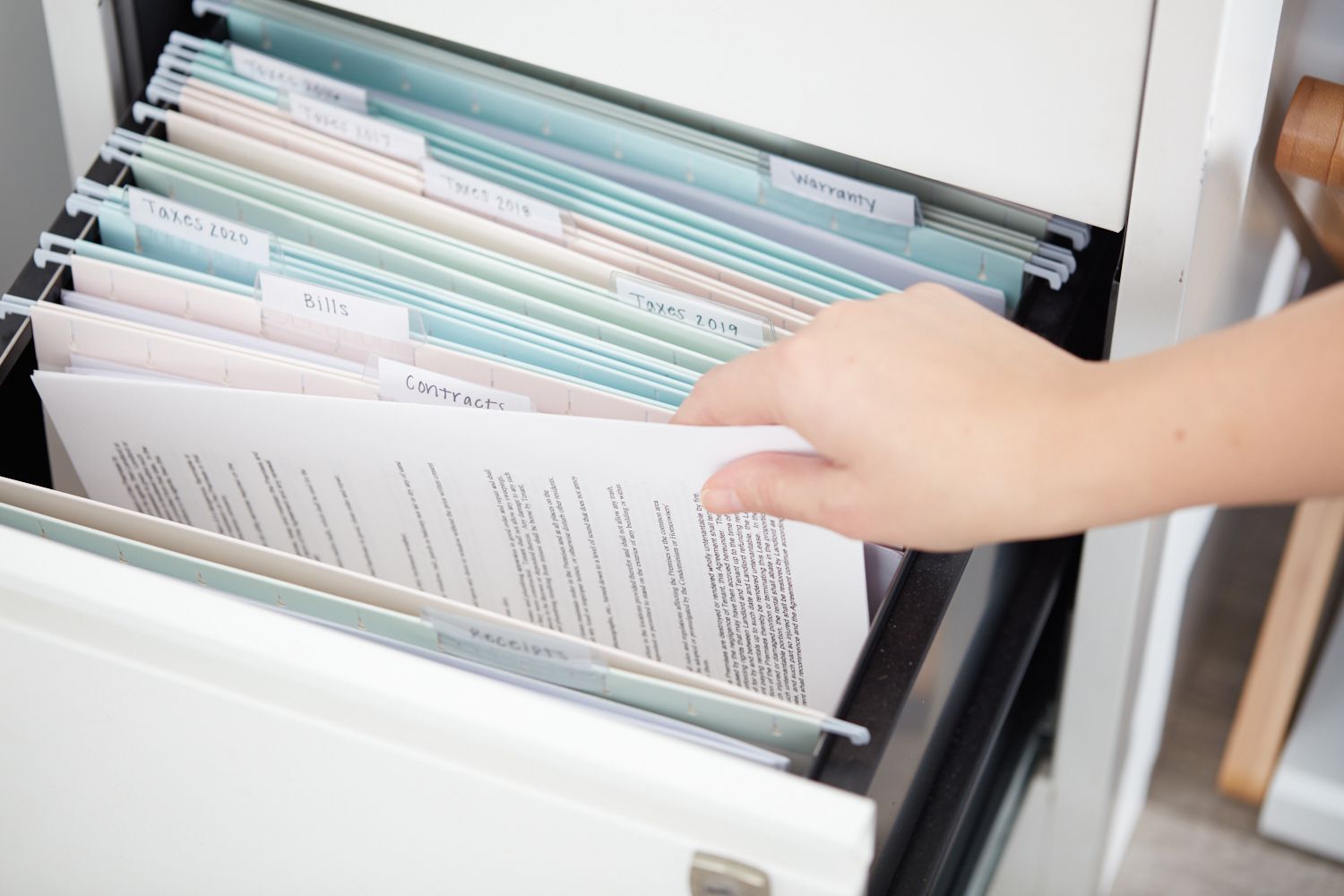
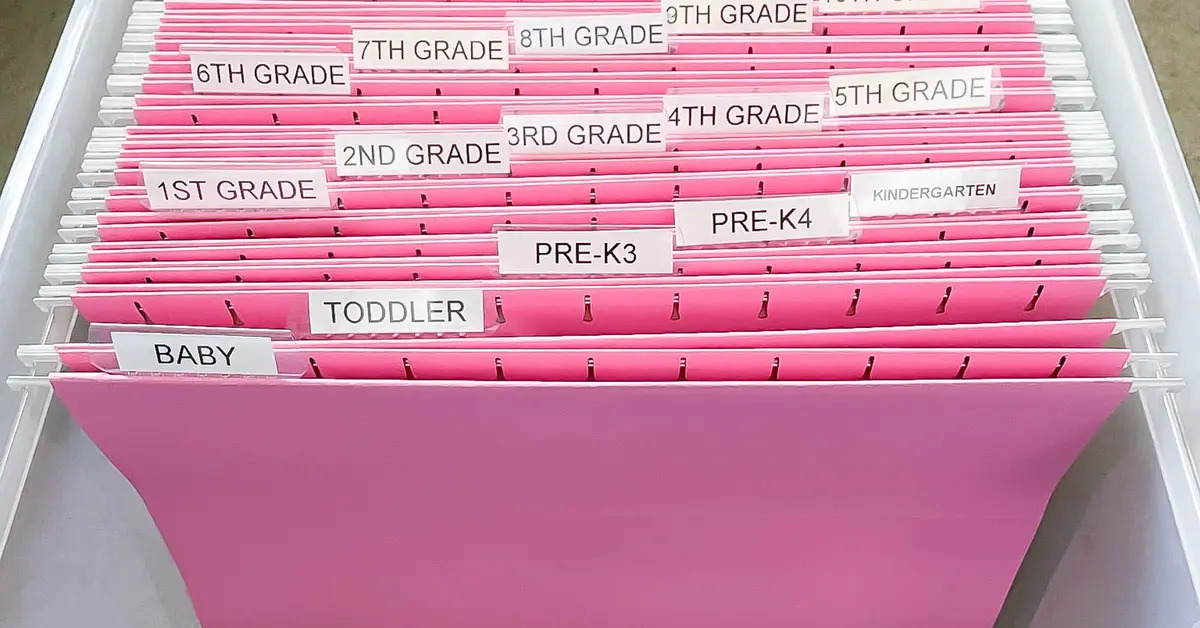
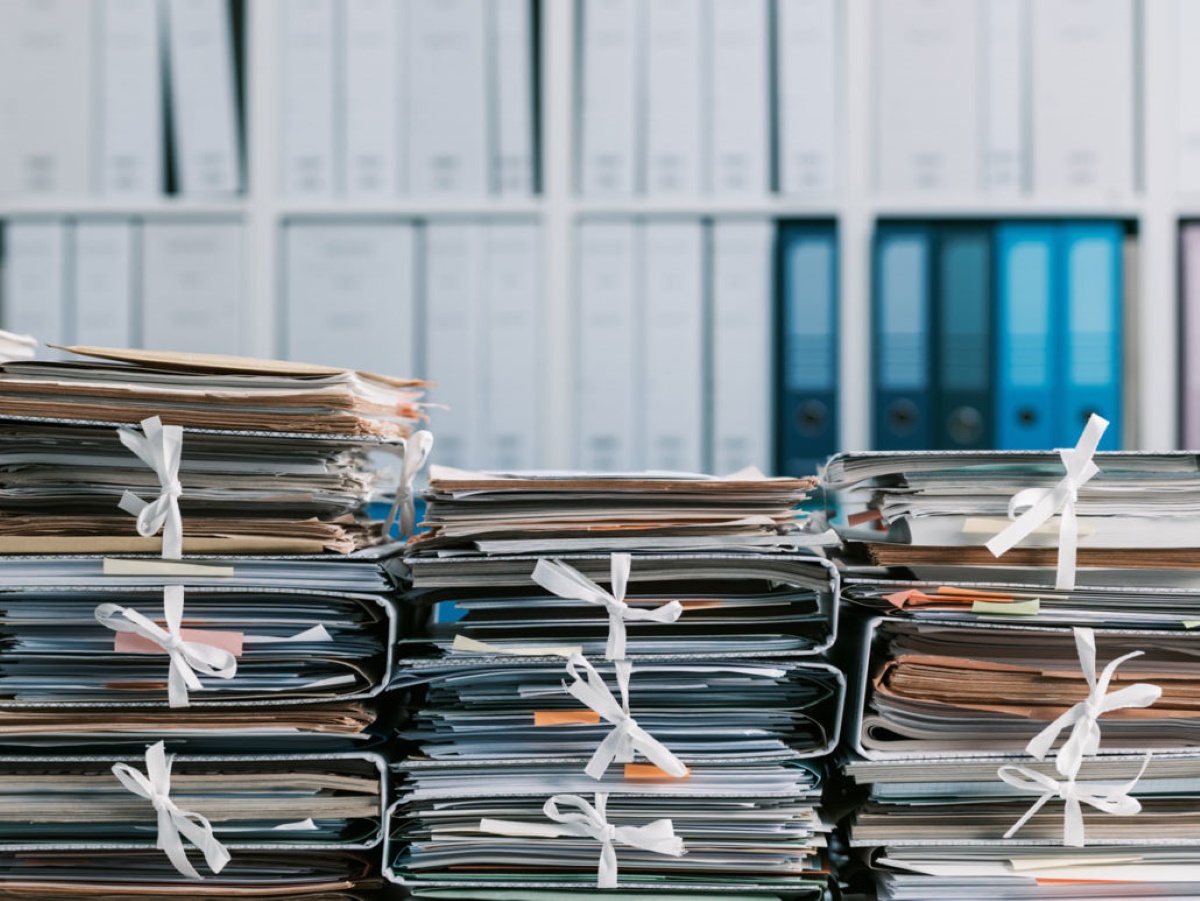


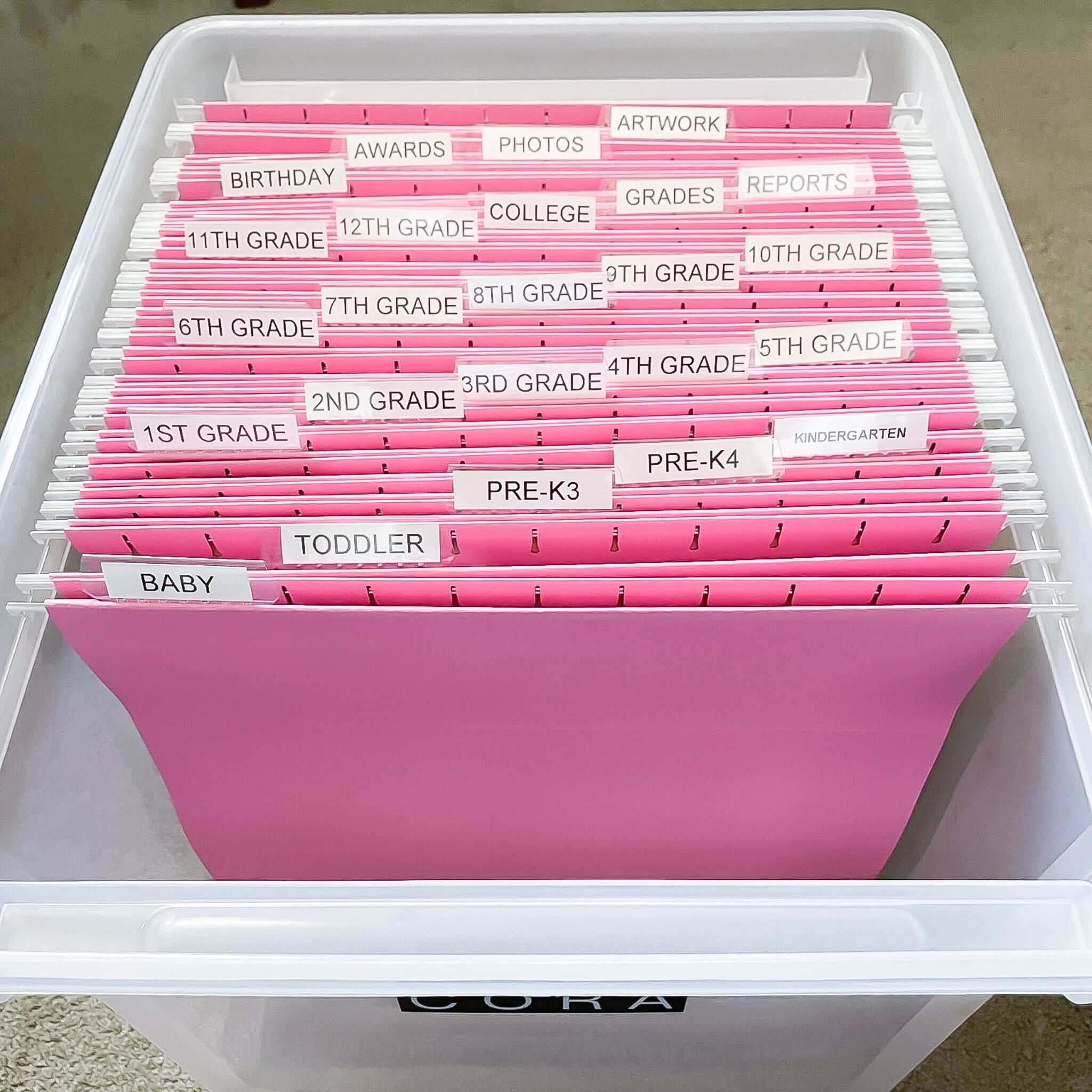



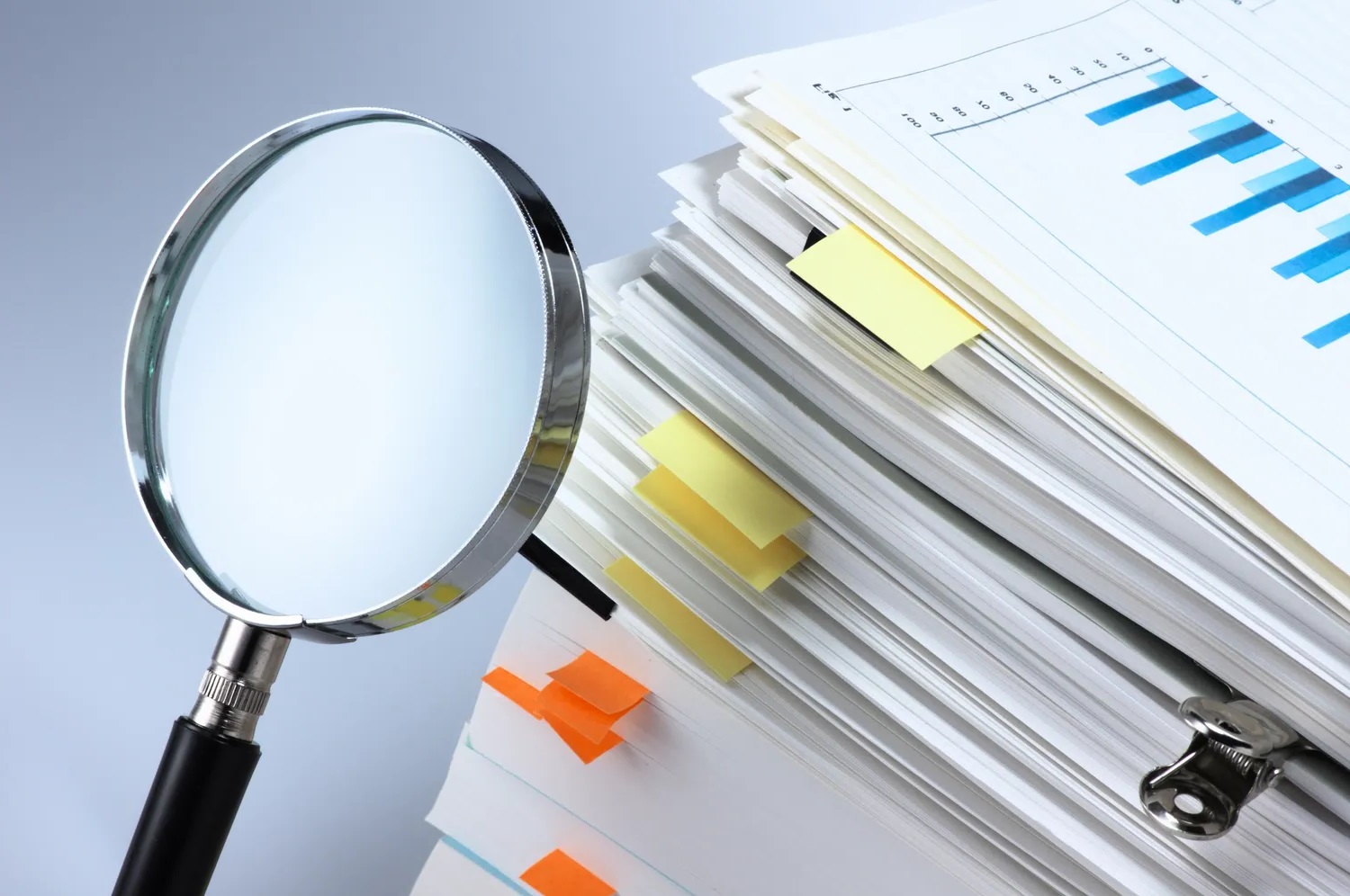

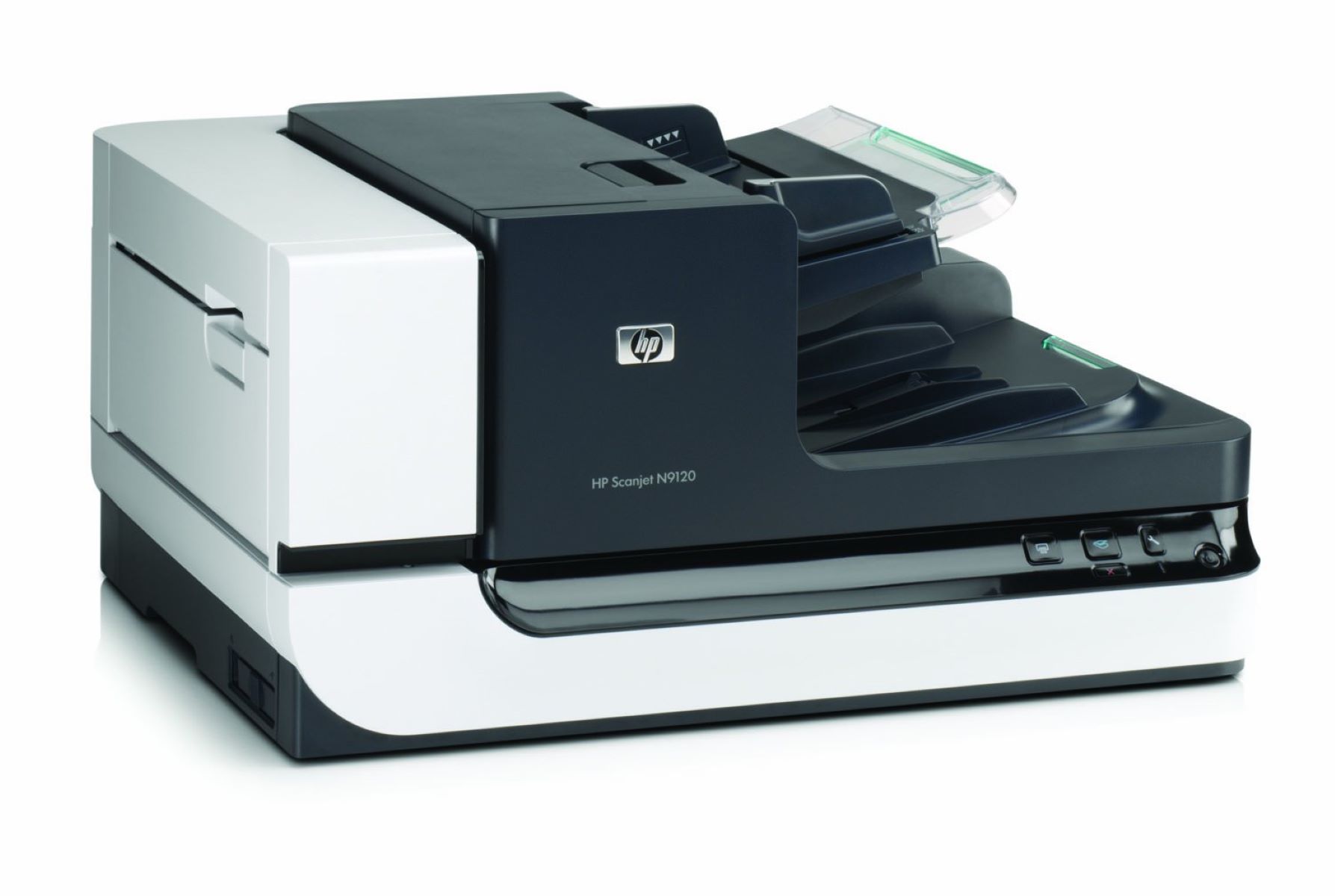



0 thoughts on “How To Store Important Documents”